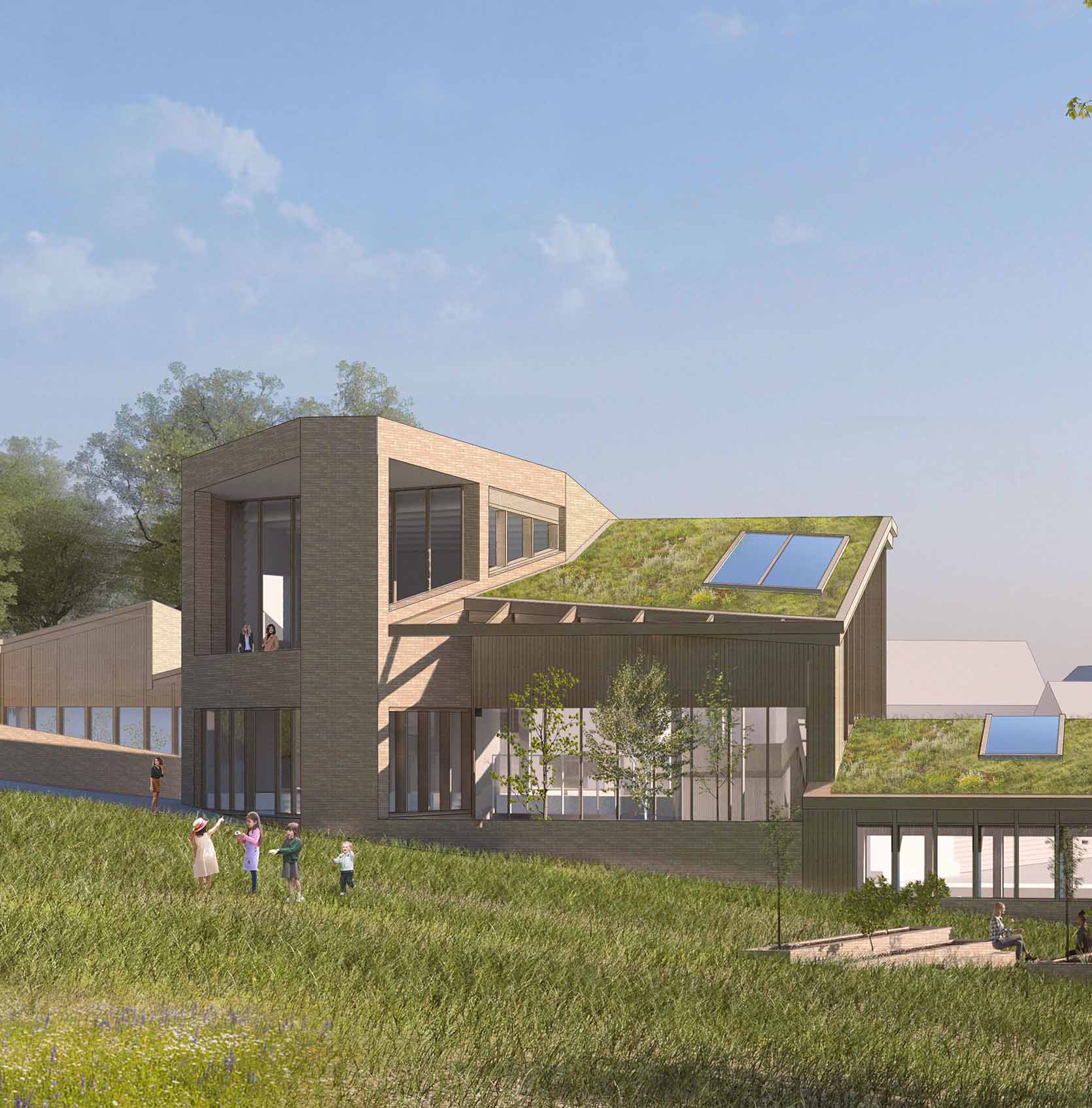





The design utilises rammed earth construction to seamlessly blend the building's raw exterior with the interior's comfort. Expressive timber portal frames extend across the primary library area, promoting flexibility and openness. The façade, expressed in brick, harmonises with the local townscape while safeguarding the moisture-sensitive rammed earth against erosion.
Yr4 Design |
Duddingston
Library
Jump to section

Yr3 Design | Taichung Eco Park
I explored Philippe Rahm's groundbreaking project, which applied advanced climatic technology to control outdoor environments, extending indoor climate management outdoors as a solution to climate change's rising temperatures.
Taichung
Civic / Landscape / Environment
Landscaping/Steel
Featured ESALA Degree Project
ESALA
Critical-Environmental Study
Rahm used computational fluid dynamics to identify low-heat, humidity, and pollution areas, enhancing these with climatic devices. This created "Climatic Pathways", offering varied climatic experiences. Rahm's innovative approach aimed to redefine architecture through weather processes, creating a vibrant mix of climatic conditions and experiences through continuous climate modulation.


Depolluting/Cleaning devices
Ozone Eclipse devices reduce pollution by absorbing harmful gases such as aerosols, nitrogen oxides and ozone. Pre-industrial draught devices filter out PM10 and PM2.5 particles in the air. Cleaning devices then blow out clean air.
Dehumidity/Dry Devices
Humidity levels are reduced by Dry Cloud devices which intake hu- mid air, extract water vapour via silicate bags and release dry air back into the environment.
Anticyclone/Cooling devices
Cool down air through heat exchange with the city’s water and underground via geothermal ducts where it is cooler. The canopy on top acts as a shading utensil and has insulated skin to prevent heat radiation.




